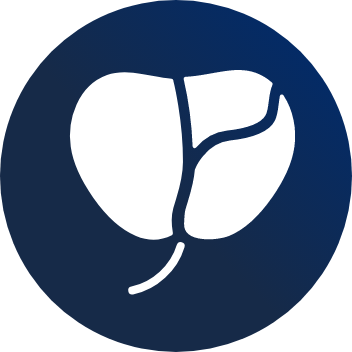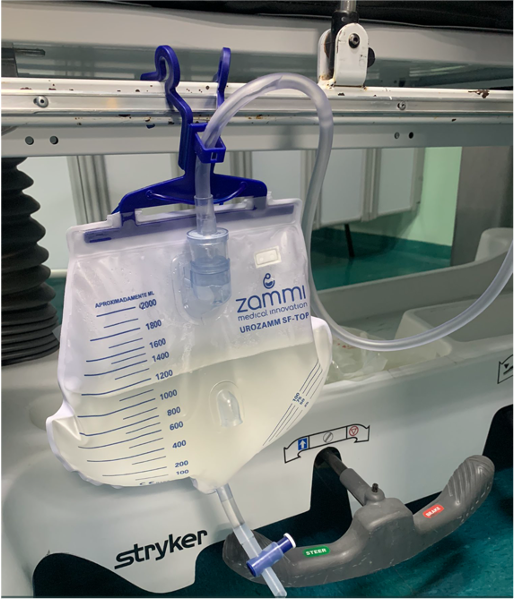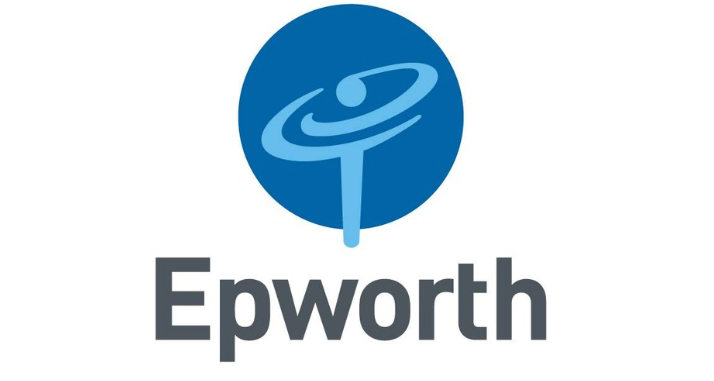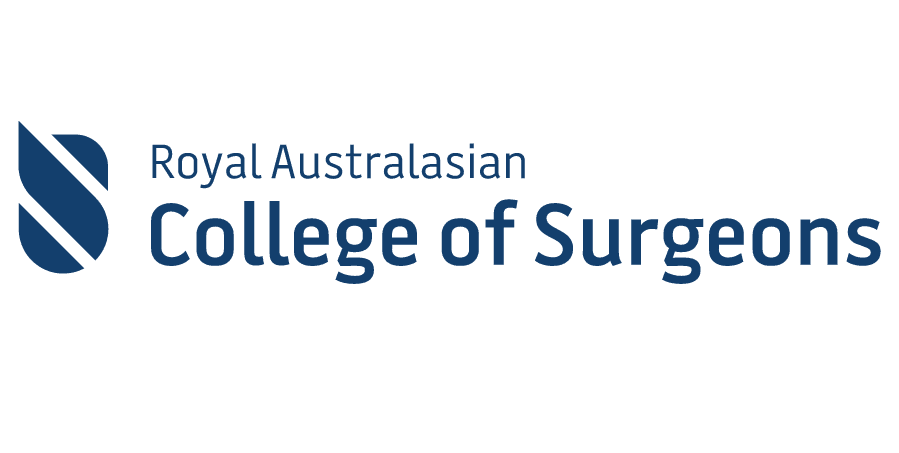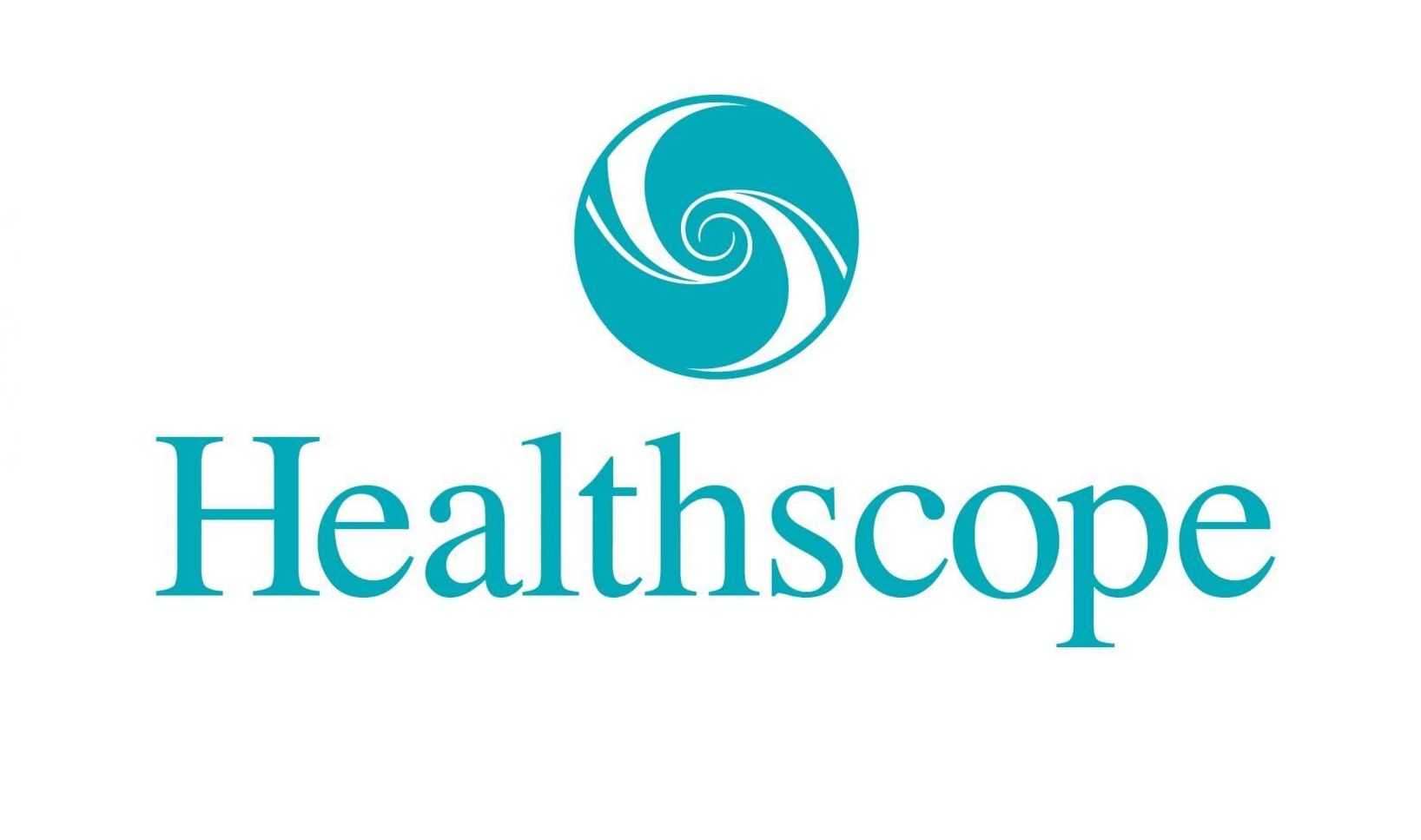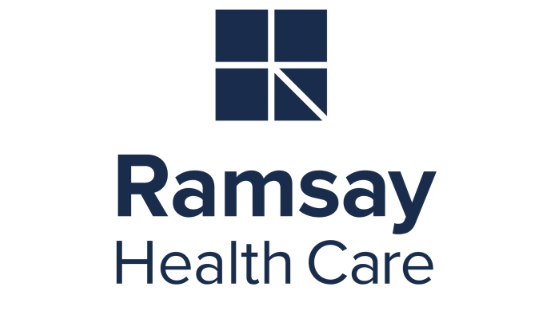HoLEP vs Other Treatments
Comparing Holmium Laser Enucleation of the Prostate (HoLEP) to other treatments for BPH can help patients and doctors make informed decisions based on individual circumstances and treatment goals. Here's a comparison of HoLEP with several other common treatments for BPH:
Medications
- HoLEP: Offers a definitive treatment for BPH by removing excess prostate tissue, providing greater and durable long-term symptom relief without the need for ongoing medication use.
- Medications are typically prescribed as first-line therapy for mild to moderate BPH symptoms. They may include alpha-blockers, 5-alpha reductase inhibitors, or combination therapy. While medications can effectively alleviate symptoms for some patients, they often require long-term use and may have side effects such as dizziness, sexual dysfunction, or orthostatic hypotension.
Urolift for Enlarged Prostate
- HoLEP: Provides more significant and durable reduction in prostate tissue volume and symptom improvement compared to Urolift. It's particularly effective for patients with very large prostates or severe symptoms.
- Urolift: Involves the insertion of small implants to lift and hold the enlarged prostate tissue away from the urethra, reducing obstruction and improving urine flow. It's a minimally invasive procedure that preserves sexual function and has a low risk of side effects but is less effective for patients with very large prostates or long-term durability.
Rezum Therapy for BPH
- HoLEP: Offers more significant and durable symptom relief compared to Rezum therapy. It's suitable for patients with larger prostates or more severe symptoms.
- Rezum Therapy: This procedure involves delivering steam therapy to targeted areas of the prostate to reduce tissue volume and alleviate urinary symptoms. It's minimally invasive and performed in an office setting. However, multiple treatments may be required for optimal efficacy, which may not be as effective for patients with large prostates. Long-term data on durability is currently being gathered compared with HoLEP.
Prostate Artery Embolisation (PAE)
- HoLEP: Provides more immediate and definitive relief of urinary symptoms than PAE. It suits patients with larger prostates or severe symptoms and offers durable long-term efficacy.
- PAE: Involves the injection of tiny particles into the arteries supplying blood to the prostate to shrink the gland and improve urinary symptoms. It's a minimally invasive procedure with a low risk of side effects, but it may take several weeks to months to achieve symptom improvement, and efficacy may vary among patients. It is considered an experimental procedure.
Green Light Laser Prostatectomy
- HoLEP: Offers more thorough removal of prostate tissue and superior long-term symptom relief compared to Green Light Laser Prostatectomy. It's particularly effective for patients with very large prostates or severe symptoms.
- Green Light Laser Prostatectomy: This procedure uses laser energy to vaporise or remove obstructive prostate tissue, improving urine flow and reducing urinary symptoms. It's a minimally invasive procedure with a lower risk of bleeding compared to traditional surgical methods like TURP. However, it is not durable compared to HoLEP and has a higher re-operation rate.
Simple Robot-Assisted Prostatectomy
- HoLEP: Provides a minimally invasive alternative to robot-assisted prostatectomy with comparable efficacy and lower risk of bleeding. It's suitable for patients with larger prostates or severe symptoms.
- Robot-Assisted Prostatectomy: Involves the removal of the entire prostate gland using robotic-assisted laparoscopic surgery. It's a more invasive procedure than HoLEP, with a longer recovery time and a higher risk of complications, but it may be necessary for prostates greater than 300 cc.
Open Prostatectomy
- HoLEP: Offers a minimally invasive alternative to open prostatectomy with comparable efficacy and lower risk of bleeding. It's suitable for patients with larger prostates or severe symptoms.
- Open Prostatectomy: Involves the surgical removal of the entire prostate gland through a large abdominal incision. It's a more invasive procedure than HoLEP, with a longer hospital stay, higher risk of complications including bleeding and blood transfusion, and longer recovery time. Still, it may be necessary for patients with large prostates (>300 cc) or complex conditions.
Transurethral Prostate Resection (TURP)
- HoLEP provides efficacy similar to TURP (10-15 year durability), with a lower risk of bleeding and shorter hospital stays. It's suitable for patients with larger prostates or severe symptoms.
- TURP: Involves the surgical removal of obstructive prostate tissue using a specialised instrument inserted through the urethra. It's a more invasive procedure than HoLEP, with a higher risk of bleeding and a longer recovery time, but it may be suitable for patients with smaller prostates.
Bladder Neck Incision
- HoLEP: Addresses BPH by removing excess prostate tissue and improving urinary symptoms. It's suitable for patients with larger prostates or severe symptoms.
- Bladder Neck Incision: This procedure involves an incision in the bladder neck to widen the opening and improve urine flow. It's less invasive than HoLEP and may be a good option for very small and tight prostate tissue.
Benefits of HoLEP Surgery vs Other BPH Treatments
HoLEP is one of several treatments available for BPH, and its advantages over other treatment modalities make it a compelling choice for many patients. Here's why HoLEP may be preferred over other treatments:
- Effective for Large Prostate Glands: HoLEP is particularly effective for treating very large prostates, which may not be suitable for other treatment options. Its ability to remove large volumes of prostate tissue makes it an excellent choice for patients with severe symptoms at any prostate size.
- Thorough Tissue Removal: Unlike some other minimally invasive treatments for BPH, such as TURP or GLLP, which primarily targets the inner portion of the prostate, HoLEP involves enucleation, a technique that allows for complete removal of obstructive prostate tissue from its capsule. This thorough tissue removal results in excellent relief of urinary symptoms and reduces the risk of symptom recurrence.
- Minimal Risk of Bleeding: Compared to traditional surgical methods like TURP, HoLEP is associated with minimal bleeding, thanks to the laser's ability to seal blood vessels as it cuts through tissue. This reduced risk of bleeding during and after the procedure can lead to shorter hospital stays, quicker recovery times, and lower blood transfusion rates for patients.
- Lower Risk of Sexual Dysfunction: HoLEP has been shown to have a lower risk of sexual side effects such as erectile dysfunction compared to some other BPH treatments. This is because HoLEP preserves the integrity of the prostate's capsule and surrounding structures, reducing the risk of damage to nerves involved in sexual function.
- Durable and Long-Term Efficacy: Studies have demonstrated that HoLEP's benefits are durable over the long term, with many patients experiencing sustained improvement in urinary symptoms and quality of life for years following the procedure. This long-term efficacy makes HoLEP an attractive option for patients seeking relief from BPH symptoms without additional treatments. It is comparable to a TURP, which has always been considered the gold standard in durability (10-15 years).
- Suitability for Patients with Medical Comorbidities: HoLEP is generally well tolerated by patients with various medical comorbidities, including cardiovascular disease, diabetes, or blood thinners. Its minimally invasive nature and reduced risk of bleeding make it a safer option for patients with underlying health conditions that may increase the risk of complications with other treatments.
Dr Sethi offers HoLEP as a treatment for BPH, as many studies show it as the new gold standard in surgical BPH treatment. He gained extra skills in this technique through a fellowship in Hamburg, Germany.
